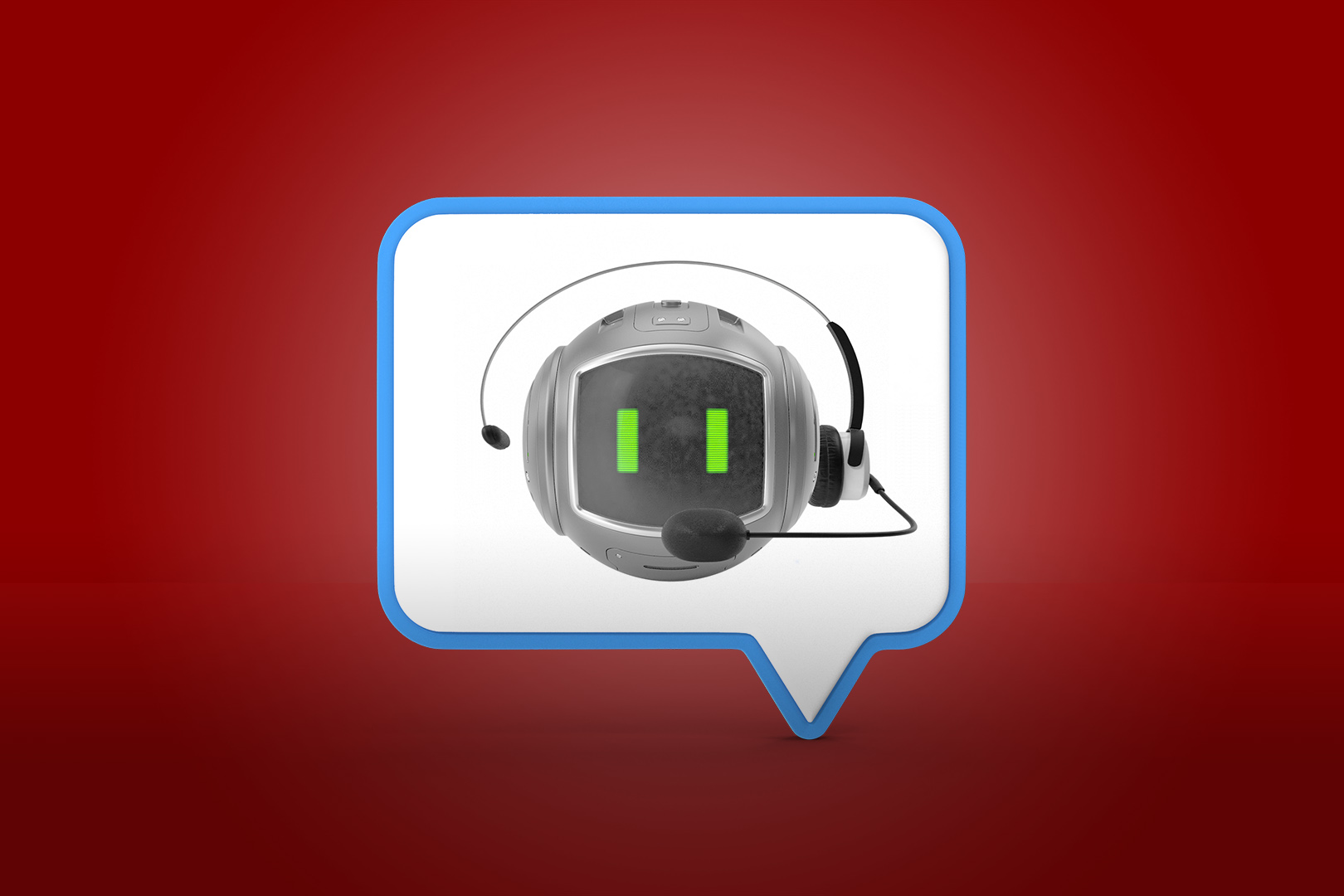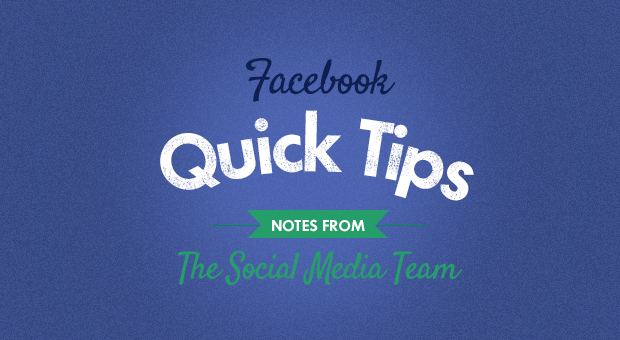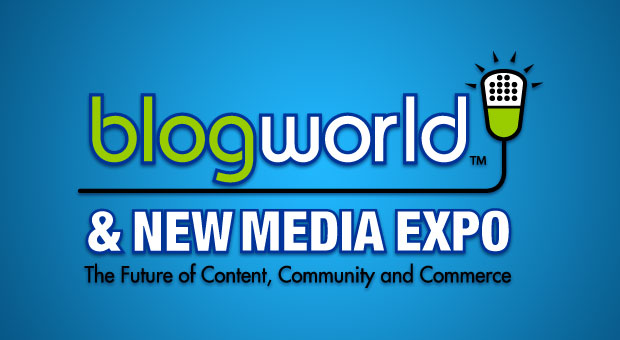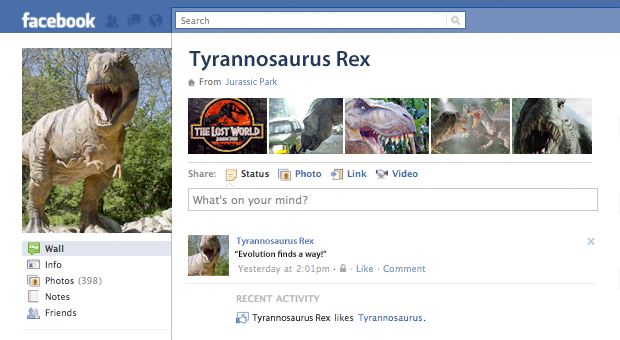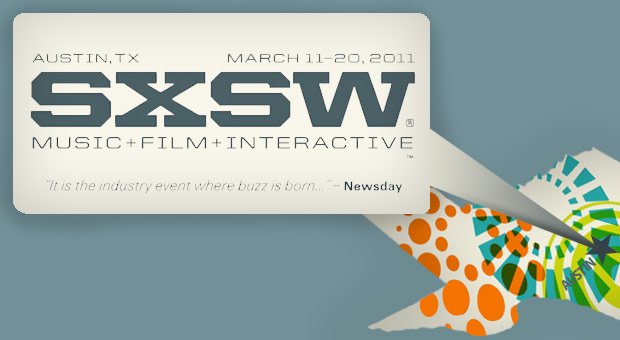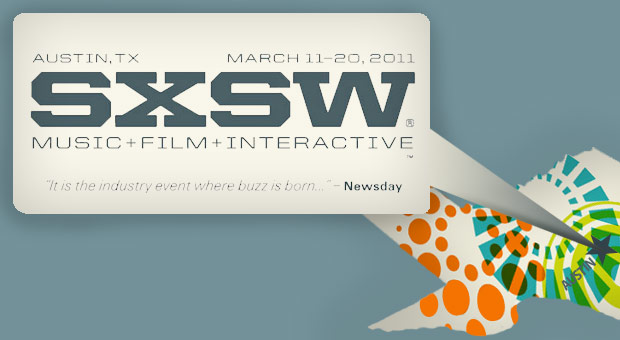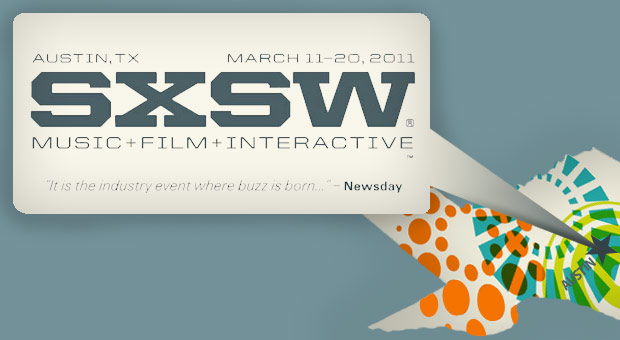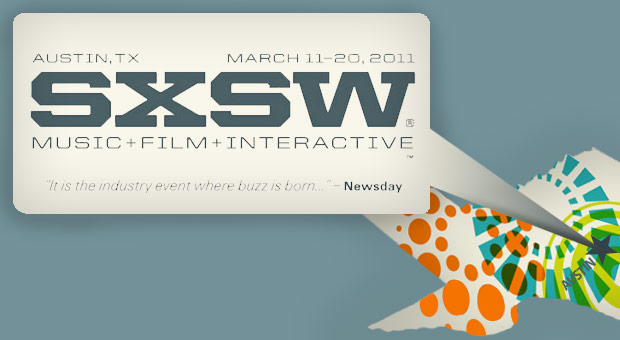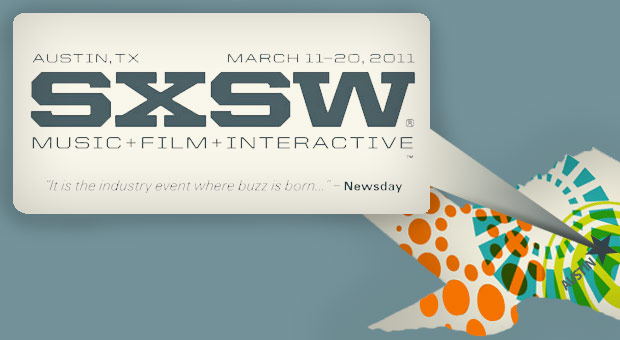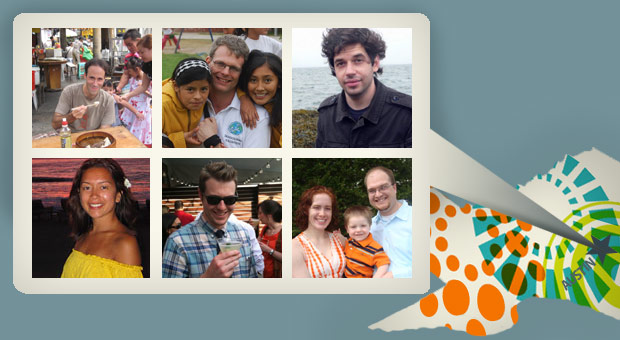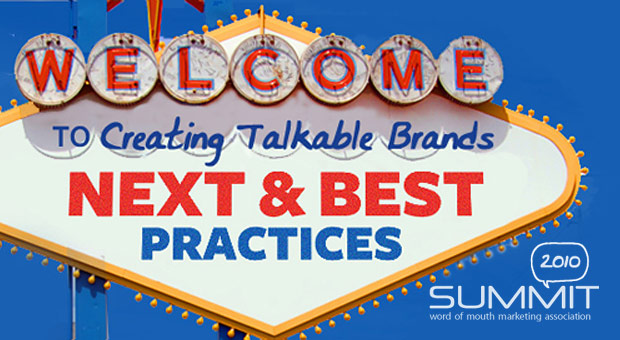As pride month comes to an end, it’s important to understand why your brand should practice inclusive marketing during and after pride month.
Inclusive marketing refers to the practice of creating and delivering marketing campaigns that are respectful and welcoming to all individuals, regardless of their gender identity, sexual orientation, race, ethnicity, age, ability, or other personal characteristics.
During and after pride month, it is especially important for brands to engage in inclusive marketing practices that authentically support and celebrate the LGBTQ+ community. This can help businesses build stronger relationships with their customers and foster a more inclusive and welcoming environment for all.
The Importance of Authenticity in Inclusive Marketing
Authenticity lies at the core of effective inclusive marketing. In an era where consumers are increasingly discerning and value-driven, it is crucial for businesses to demonstrate a genuine commitment to inclusivity rather than treating it as a marketing trend. Here’s why authenticity is paramount in inclusive marketing:
- Building Trust: Authenticity establishes trust with your audience. When brands approach inclusivity sincerely, it resonates with consumers, fostering a sense of trust and loyalty. Consumers are more likely to support brands that authentically embrace diversity and inclusivity.
- Avoiding Tokenism: Tokenism, where marginalized groups are used as mere props for marketing purposes, can have detrimental effects. Authentic inclusive marketing goes beyond surface-level representation and avoids tokenism. It aims to genuinely understand and include diverse perspectives, experiences, and voices.
- Connecting with the Community: Authenticity in inclusive marketing enables brands to build genuine connections with the communities they aim to represent and support. By actively engaging with the LGBTQ+ community and seeking their input, brands can create campaigns that resonate with their audience’s experiences and needs.
- Reflecting Values: Inclusive marketing that is authentic aligns with the core values of a brand. When brands demonstrate a commitment to inclusivity, they signal their support for equality and social justice, which can attract like-minded consumers who share those values.
- Empowering Marginalized Voices: Authentic inclusive marketing provides a platform for marginalized voices to be heard. It creates opportunities for representation and amplifies diverse stories, perspectives, and achievements. By giving voice to marginalized communities, brands can foster inclusivity and inspire positive change.
Best Practices for Authentic Inclusive Marketing
To truly embody inclusivity in marketing, it is essential for businesses to prioritize authenticity. Authenticity serves as the foundation for meaningful connections with diverse audiences and avoids the pitfalls of tokenism. Brands can navigate toward inclusive marketing that goes beyond surface-level representation and contributes to the larger goal of social change and equality.
- Research and Education: Take the time to understand the LGBTQ+ community, its history, and current issues. Conduct thorough research and educate yourself and your team to avoid unintentional misrepresentations or stereotypes.
- Collaboration and Consultation: Involve LGBTQ+ individuals, activists, and organizations in the development of your inclusive marketing campaigns. Seek their guidance, input, and feedback to ensure your messaging is respectful and accurate.
- Internal Diversity and Inclusion: Authenticity starts from within. Promote diversity and inclusion within your organization to foster a culture that values and respects all individuals. This will inform your external marketing efforts.
- Meaningful Partnerships: Collaborate with LGBTQ+ influencers, content creators, or organizations that are aligned with your brand values. Seek partnerships that are based on shared values, mutual respect, and the empowerment of marginalized communities.
- Listen and Learn: Actively listen to feedback from your audience and the LGBTQ+ community. Continuously learn and improve your inclusive marketing practices based on constructive criticism and evolving social dynamics.
By embracing authenticity in inclusive marketing practices, brands can make a genuine impact, foster connections with their audience, and contribute positively to the broader goal of creating an inclusive and equitable society.
Extending Inclusive Marketing Beyond Pride Month
Pride Month prompts inclusive marketing, yet the importance of supporting the LGBTQ+ community extends beyond a single month. We recommend offering continuous support for several reasons: Sustaining visibility all year round emphasizes the ongoing commitment to the community’s welfare, not just a short-term marketing strategy. Second, regular engagement builds authentic connections, leading to trust and loyalty as it evidences a genuine desire to be inclusive. Third, year-round support allows brands to continually raise awareness about issues affecting the LGBTQ+ community, promoting social change. Fourth, endorsing inclusivity attracts consumers who prioritize values alignment, boosting brand reputation and customer loyalty. Fifth, empowering LGBTQ+ employee resource groups within companies cultivates an inclusive work environment and showcases community commitment.
To provide ongoing support, brands can include LGBTQ+ representation in year-round advertising, sponsor LGBTQ+ events outside Pride Month, partner with LGBTQ+ organizations, and uphold inclusive internal policies. By extending efforts beyond Pride Month, brands cement their commitment to inclusivity, equality, and social progress, promoting lasting change for a more inclusive society.
Conclusion
Inclusive marketing during and after Pride Month is an opportunity for brands to showcase their commitment to diversity, equality, and social progress. However, it is crucial to emphasize the importance of authenticity and year-round support for the LGBTQ+ community.
By practicing inclusive marketing that goes beyond tokenism, actively engaging with the community, reflecting brand values, and empowering marginalized voices, businesses can build trust, foster genuine connections, and contribute to a more inclusive society.
Extending support beyond Pride Month through sustained visibility, addressing ongoing issues, and championing inclusivity in the workplace can have a positive impact on brand reputation and attract like-minded consumers. By following best practices and embracing inclusivity year-round, businesses can make a meaningful difference and create a more welcoming and equitable environment for all.

